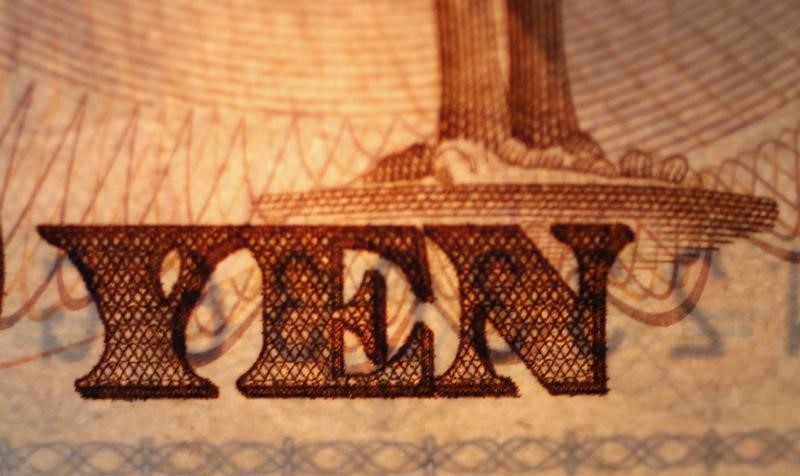The Bank of Japan (BOJ) has updated its yield curve control (YCC) policy, as revealed in its latest release on Tuesday. The policy now allows 10-year Japanese government bond (JGB) yields to exceed 1%, while maintaining the target at 0%. This is a significant shift from the BOJ’s previous strategy of buying government bonds to control rates, a move that was aimed at keeping long-term interest rates low.
This policy change follows an expansion in July, when the yield target band was broadened by 50 basis points to 1%. The BOJ allows yield fluctuations of plus and minus 0.5 percentage points from this target.
Despite holding the short-term policy rate at -0.1%, core inflation, excluding food prices, has surpassed the BOJ’s 2% target for an 18-month period but fell below 3% in September, marking the first such occurrence in over a year.
The BOJ’s decision to revise its YCC policy comes amid persistent weakening of the yen. The central bank’s approach, which diverges from other central banks’ rate hikes, has faced criticism for causing market distortions and devaluing the yen.
Further exacerbating the situation is the fact that the BOJ’s 2% inflation target has been consistently exceeded for 12 months. This intensifies the impact of widening interest rate gaps and diminishes overseas spending power. The long-term interest rate cap was raised from 0.5% to 1% since July due to inflation pressures and volatility concerns.
This article was generated with the support of AI and reviewed by an editor. For more information see our T&C.
Read the full article here







